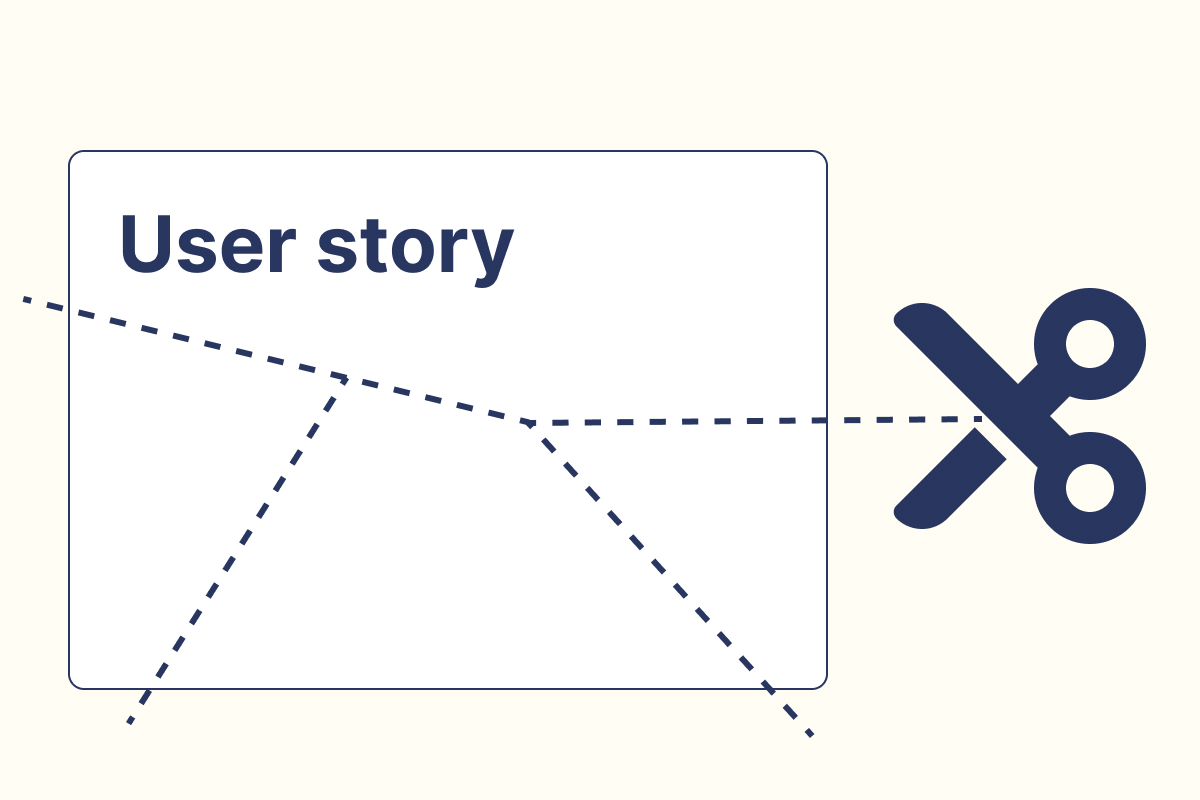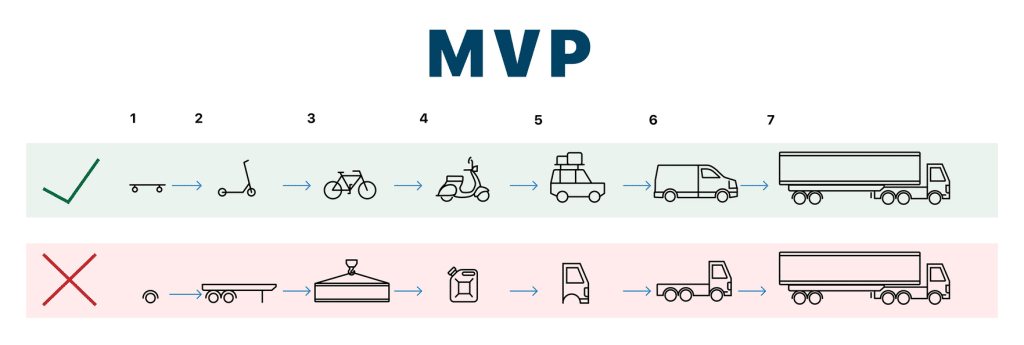9 powerful techniques for splitting user stories
Splitting user stories is a critical technique in agile project management. It enables teams to break down complex user stories into smaller, more manageable pieces. This practice ensures that development … Read more




